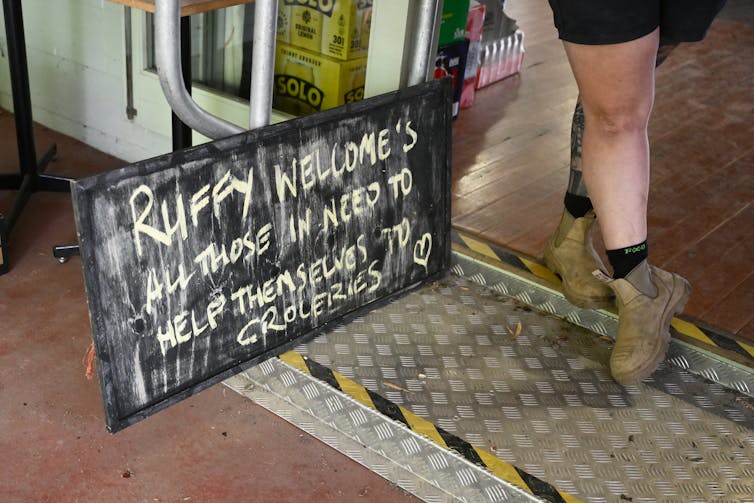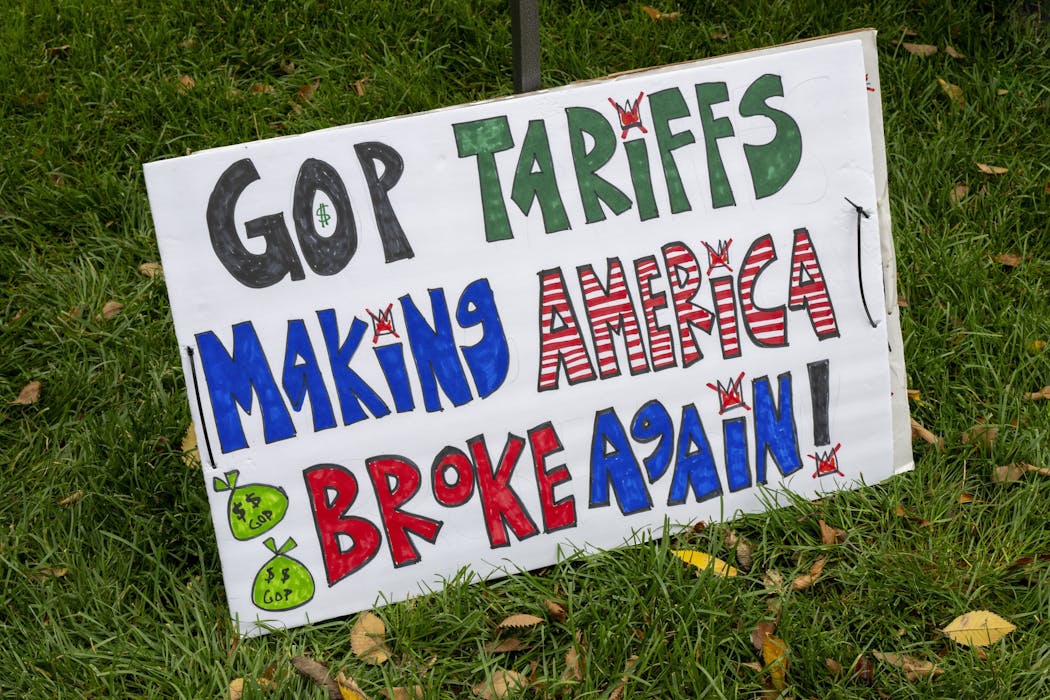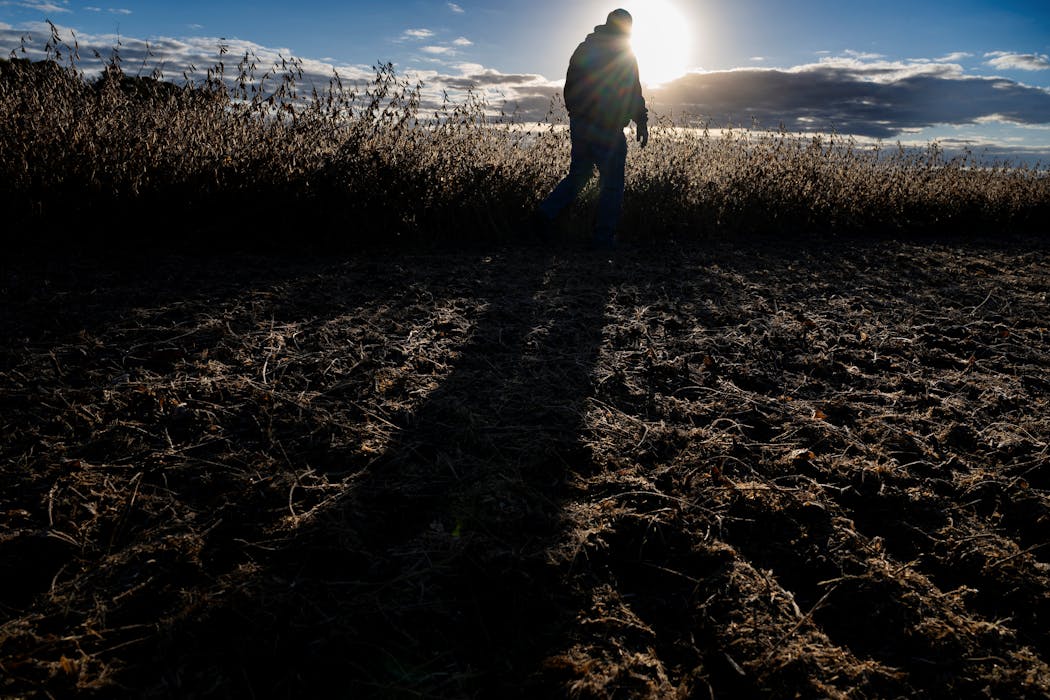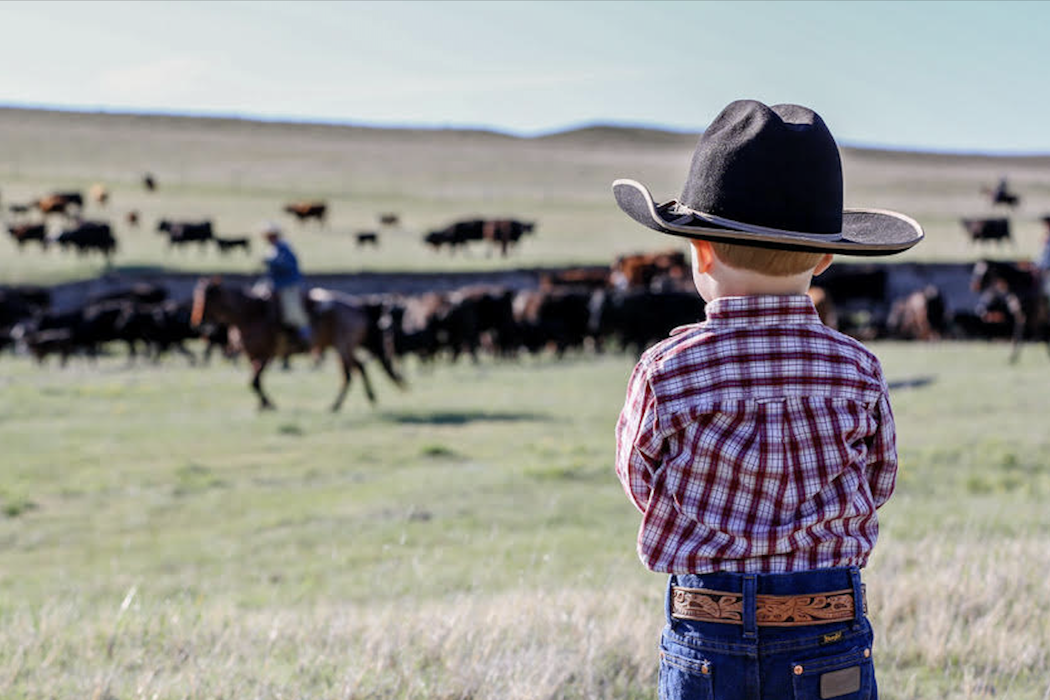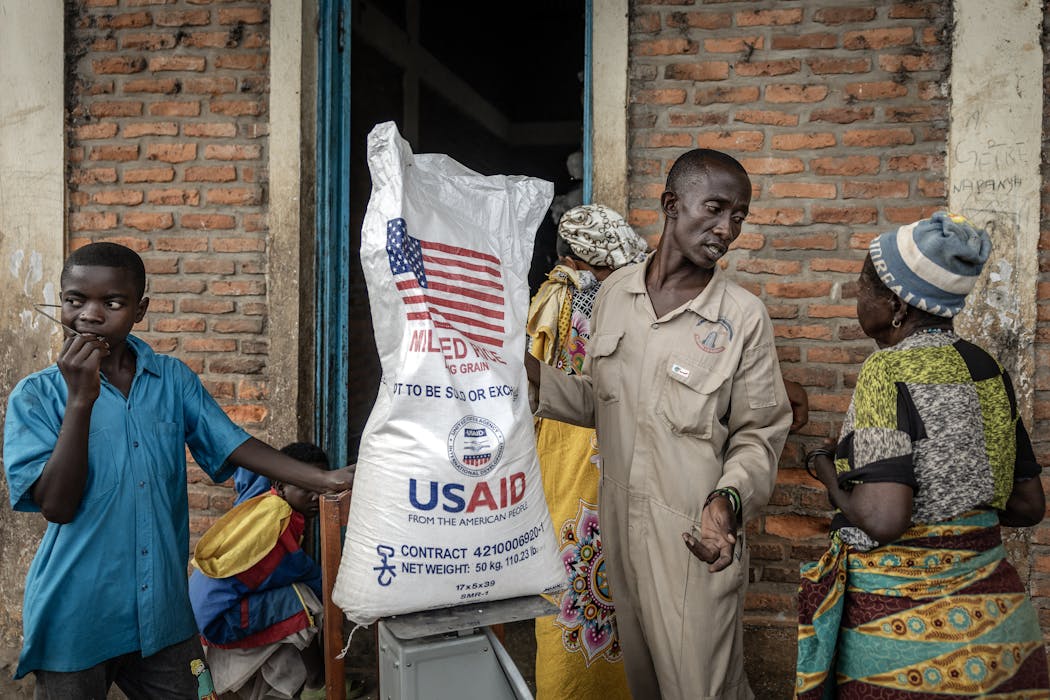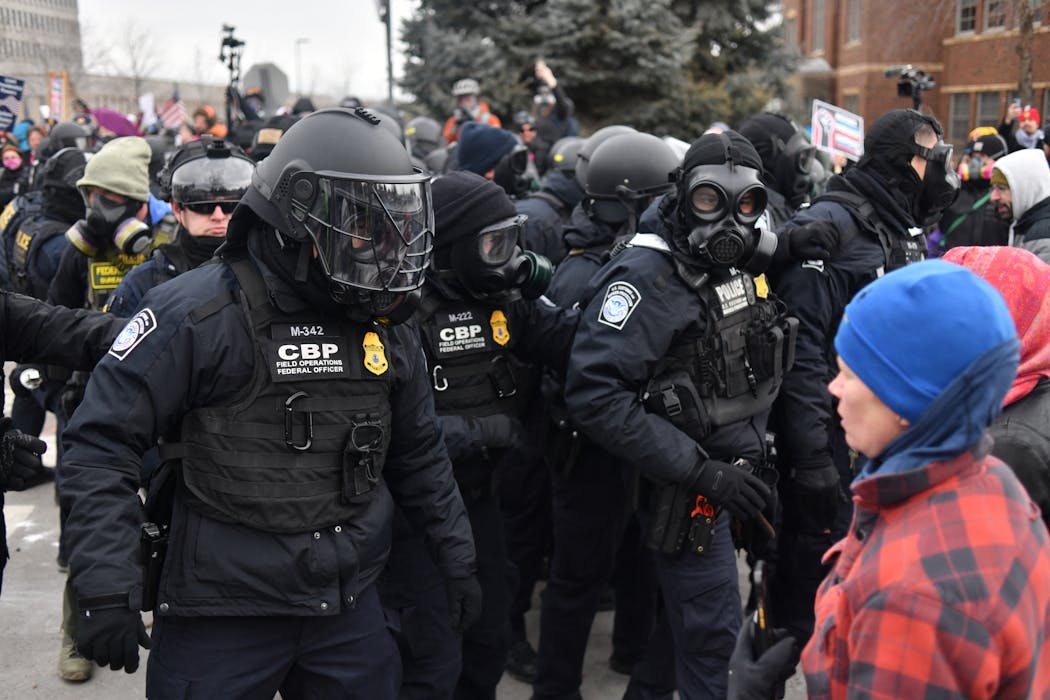A tumultuous year in higher education comes to a close, another soon to follow
If there was doubt higher education was a political battleground for the Abbott government, the events of the last 24 hours have dispelled it.
The vote on Tuesday night in the Senate stopped the current package passing, capping off months of increasingly intense debate about the future of Australian higher education.
Fundamental questions about what we want for the future of higher education in Australia are now coming to the fore.
The Senate result owes much to a collision of big “P” Politics with little “p” politics: political theatre versus policy debate.
One is noise and bluster and memorable narratives, the stuff of political animals in the wild, while the other is the messy process of policy development, realpolitik over limited public money, and clear winners and losers.
Both must contend with the relentless pressure of electoral logic, where the public perception, especially in marginal seats, can trump all.
The vote in the Senate followed swift moves by the government to meet the demands of those voices broadly in support of the legislation such as Universities Australia and various vice-chancellors, along with those of the key crossbenchers.
Though there has been talk for a while that the government would decrease the interest rate on HECS-HELP debts from the bond rate to CPI, it wasn’t until the last few days that Education Minister Christopher Pyne indicated the government’s support.
The government proposed other amendments on Tuesday, including a A$100 million “structural adjustment fund” that would meet key demands of many universities, especially those based in regional areas. There was a new scholarship scheme to mitigate the feared impact of deregulation on low socioeconomic students.
In addition, there were even rumours of a $400 million package for higher education in Tasmania to seek support from recently defected former PUP senator Jacqui Lambie.
But in the end the bill was defeated 33-31. The ALP and the Greens were joined by PUP senators Glenn Lazarus and Dio Wang, and independents Lambie and Nick Xenophon to defeat the bill. As soon as the bill was defeated, Pyne announced he would introduce an amended version to the House of Representatives.
Higher education now faces some tough questions
Pyne initiated the next phase on Wednesday morning by introducing into the House of Representatives a new act which incorporates amendments proposed by crossbench senators.
This bill incorporates a HECS interest rate pegged to CPI, not bond rate and a pause for parents of young children. It contains the scholarships for universities with a high number of low socioeconomic students and new targeted funding to support both structural adjustment and equity and access issues.
But the cost of this has been significant over the forward estimates, with the projected savings having gone from $3.9 billion down to $451 million.
Even if this new package and the cost it has to the budget is acceptable to parliament, timing becomes critical. If the government passes a new package too late, universities will be pressed to implement in time for 2016. If the government delays the start date to 2017 or later, it will pull debate over the new system into an election year before its initial consequences are shown.
If the package fails to pass in its new form, which is certainly a possibility based on PUP and Lambie’s pronouncements, significant questions will still loom large for future governments of all stripes. Either commit to funding stability and its associated costs to the budget bottom line, or continue unpredictable cuts and an inevitable crisis of educational standards, insolvent universities and diminishing equity and access outcomes.
Still more fundamental questions will eventually need to be answered. What proportion of the population does Australia, or any country, expect will have a tertiary qualification? How is it decided, a market, a central allocation, a test? Who pays? This goes to the heart of the policy of a demand driven system, which promises bachelor degree education to all whom a university will admit.
How do we deal with “inflation” of expected credentials? Should the Master’s degree be seen as the new Bachelor’s?
These are not easy questions, but will soon be feature of the conversation thanks to a tumultuous year in Australian higher education.
Gwilym Croucher does not work for, consult to, own shares in or receive funding from any company or organisation that would benefit from this article, and has no relevant affiliations.



